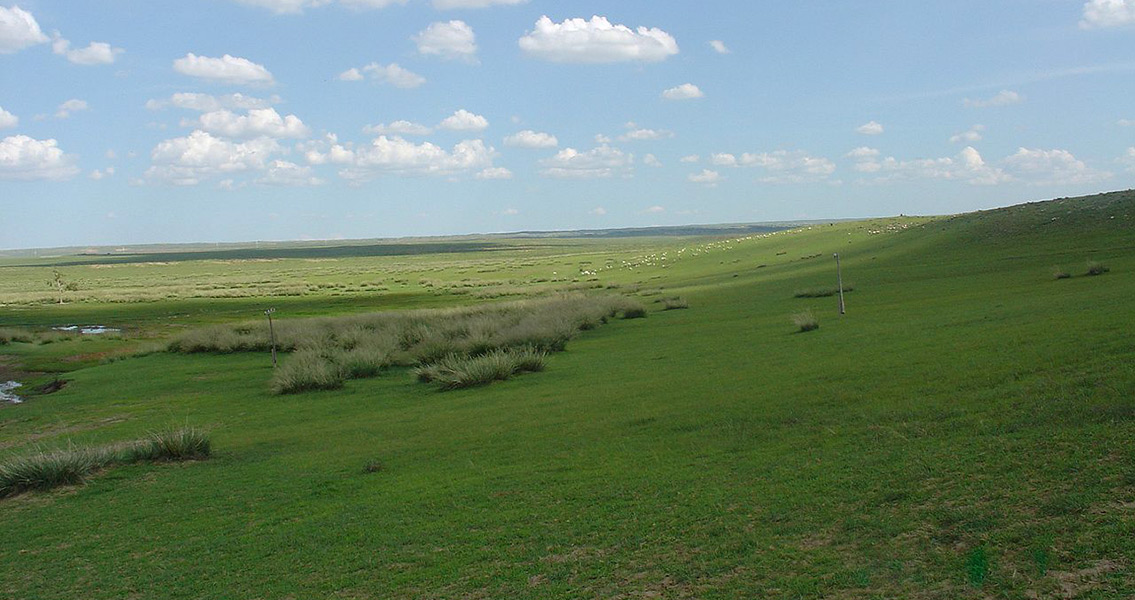<![CDATA[A dwelling dating back 5,000 years and containing a surprising number of human remains has been unearthed in northeastern China. The research team excavating the Hamin Mangha site counted a total of 97 different sets of remains, some complete, others consisting of just a skull and some limb bones. The researchers believe the most probable reason the bodies were collected in the dwelling was a disease outbreak that killed its hosts so quickly that the survivors had no time to give the deceased a proper burial, Live Science reports. Based on examination of the bones the team from Jilin University, led by Ya Wei Zhou and Hong Zhu, reports that the average age of the people who were literally stacked in the tiny house was 26.8 years, with half of them aged between 19.5 and 35 years old. There were no remains of elderly individuals. The mean age for the males was 34.3 years, and for the females 30.6 years old. If indeed the cause of this high mortality event was an epidemic outbreak, one could speculate, based on epidemiological patterns of transmissibility and force of infection, that the pathogen responsible for it was highly transmissible and immunising, i.e. those who survived it received lifelong immunity against the pathogen. However, this suggestion is strictly in the realm of speculation. The two lead researchers further note that the findings are similar to those from other Neolithic sites in China, namely Lajia and Miaozigou, which have both yielded evidence of mass burials most likely resulting from a highly deadly outbreak. This information was presented in a summary of the researchers’ findings for the 83rd Meeting of the American Association of Physical Anthropologists, that took place in 2014. The site where this latest collection of bodies was found was a small village, as were all settlements in the region 5,000 years ago. So far scientists have unearthed the foundations of 29 fairly simple dwellings consisting of a single room with a hearth and a doorway, arranged in an orderly fashion in rows. Each dwelling also had wooden beams to support the roof. Some of the bodies discovered in the dwelling, dubbed F40, were deformed, which may have been caused by the beams falling to the ground because of a raging fire. There is evidence that F40, which measures just 20 sq m in total, burned at some point – a lot of the bones are charred – but whether the fire was intentional or accidental remains an open question. In addition to the house foundations unearthed at Hamin Mangha, the researchers have also found ten ash pits, three tombs, and a moat surrounding the settlement. Among the artefacts discovered are about a hundred pottery fragments, stone tools, arrowheads, and items made from jade, bone, horn and shells, the team writes in a paper detailing the findings published in Chinese Archaeology. Based on this evidence, the team notes that Hamin Mangha is to date the largest and best preserved Neolithic settlement found in Northeastern China. For more information: “The excavation of the Neolithic site at Hamin Mangha in Horqin Left Middle Banner, Inner Mongolia in 2011” Image courtesy of Wikimedia Commons user: Shizhao]]>
Neolithic House Full of Bodies Unearthed in China
